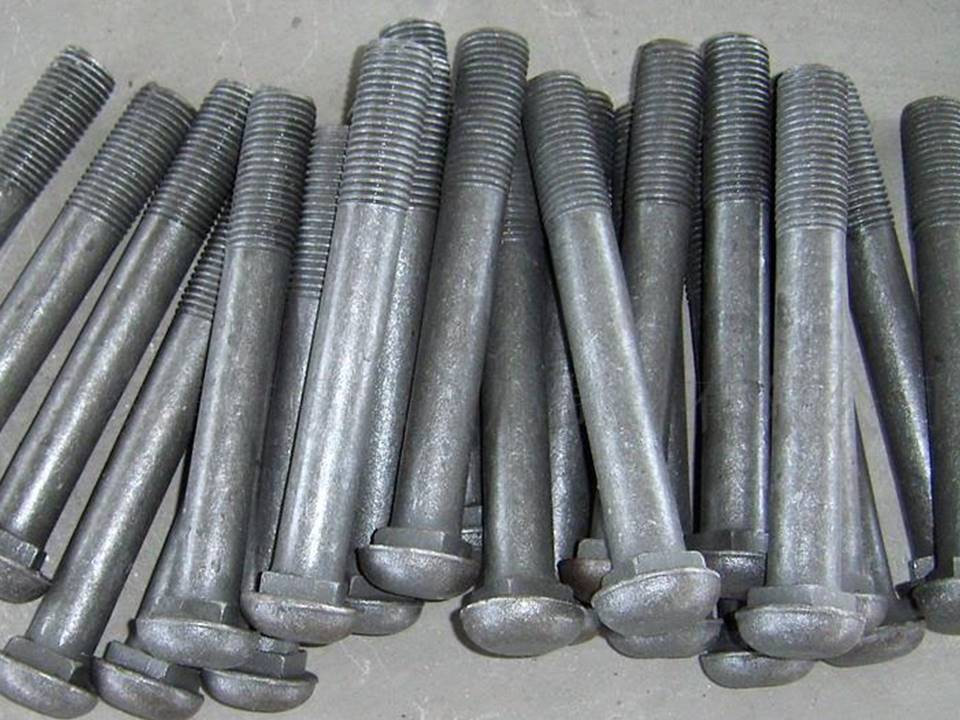Sherardize
Sherardizing Fasteners
Sherard Cowper-Coles the English metallurgist developed a new zinc galvanizing method and patented it over 120 years ago. The method which has been named after him made it possible to create zinc layers with unique properties. The difference primarily was in the uniformity of the zinc layer thickness, the anti-corrosive properties and the wear resistance. In the twentieth century, the method was further refined into a modern and high-quality surface treatment process for fasteners, nuts and bolts.
.
.
Sherardised Process
Pre-treatment is required to remove any contamination or oxidation of the fastener such as mill scale or rust by barrelling or shot blasting.
Sherardise
Diffusion galvanizing occurs when the fasteners are heated together with zinc powder in closed rotating drums. The dry diffusion process occurs at temperatures between 320ºC and 420ºC, during the vapour phase, and the zinc-iron alloy layers then form in and on the fastener surface.
Sherardize
The coating composition of the gamma layer with 21-27% iron forms in and on the Bolts base material, above that, the Delta compact layer forms on the surface with 8-13% iron. Uniform layers of a thickness of between 10 µm to 75 µm are possible.
Sherardised Fasteners
Sherardising is a lasting, anti-corrosive, temperature and wear resistant layer which is applied uniformly over the entire surface of the fastener. Sherardizing produces an ideal surface for other processes such as rubber to metal bonding and the application of organic oils, stains, lubricants and sealants and provides a cost-effective, high-performance alternative to hot-dip galvanizing.
Sheradising Dis-advantages
Sheradising is a barreling process, thread damage may occur with larger bolts knocking together in the barrel.
Sherardising requires heat to complete the process this will produce tempering back on fasteners of class 10.9 and above.
Threaded fastener coatings Sherardized




